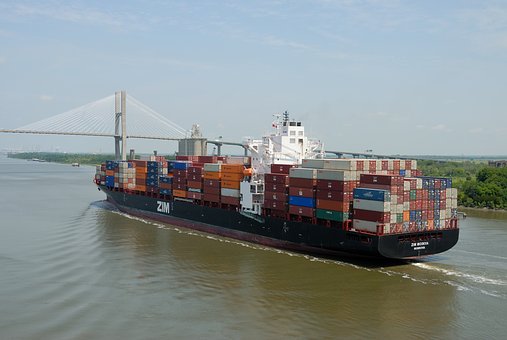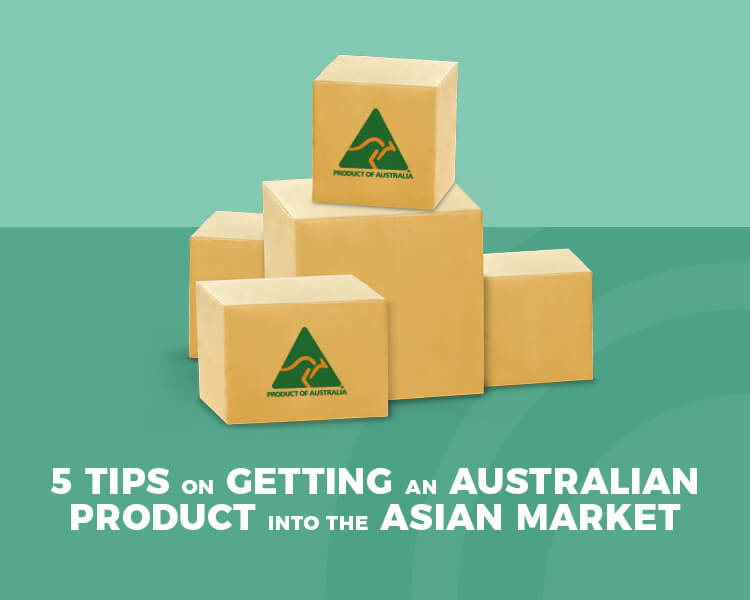Getting Australian Products into the Asian Market can be expensive and risky for Australian businesses. Exporting your products to a completely different country can be a complex process, particularly when you consider the unique rules and regulations that each country has.
As a huge and incredibly diverse space, the Asian market can hold incredible potential for Australian businesses that want to take their sales to the next level. Of course, exporting your products to a completely different country can be a complex process, particularly when you consider the unique rules and regulations that each country has. China has recently begun to loosen some of its FTZ policies to allow foreign entities an easier way into the domestic market. However, while this does give companies more control over the products they take into China, there’s still a lot of risks involved in entering the market this way. For instance, one of the requirements is a minimum capital of around 10 million yuan – which means that this option is only applicable to huge enterprises.

Fortunately, if you’re a smaller business, the following 5 tips could help you to move into the Asian world with fewer issues.
1. Maintain Your Australian Identity
While you might assume that a move into the Asian market would require you to create a Chinese version of your packaging, this isn’t always true. Inside China, many companies make products with English packaging and attempt to market them to customers as though they come from foreign locations. This is a very popular and lucrative technique, as many Asian customers are searching for exotic products that come from outside of their own country.
Many Asian consumers appreciate the quality of Australian products, so it makes sense to hold true to your roots, even if you’re selling in a different country.
2. Use Indirect Sales Channels
Rather than selling your products entirely on your own merit, you could always consider working underneath another company or marketplace. This would involve effectively selling large bulk quantities of your product to another retailer in Asia, who would then go to sell your item for you.
In some cases, it may be easier to use indirect sales channels if you’re willing to white label your product. This means that the retailer you sell to will choose to apply their own packaging and brand to the item, so you don’t get any of the credit.
3. Consider Cross-Border Online Purchases
Asian customers, like many other shoppers around the world today, have grown more accustomed to purchasing things from overseas merchants. In fact, this trend is particularly popular in China, where people often like to browse the items that might be available from companies willing to ship their products overseas.
To facilitate cross-border online purchases, you’ll need to make sure that your eCommerce website is set up for easy access to the Asian market. For instance, you could have a translation option for simplified management, and install local payment options like TenPay International and Alipay. You’ll also need to have a warehouse set-up that’s available to send products overseas.

4. Explore Flash Buy/Sell Transactions
Though less common than some other methods, this option allows manufacturers in Australia to sell their products to Chinese customers without having to set up a domestic entity from a fiscal perspective. To use this solution, you would need to make sure that everything from customer service, to payment collection and VAT compliance, is handled in China with the support of an end-to-end service provider.
In a Flash buy/sell transaction, your service provider would act as an importer of record to bring your products into Asia, and they would also be responsible for providing local support, delivery, and VAT compliance too.
5. Don’t Underestimate Offline Retail
Finally, it’s worth noting that while it might be a little easier to sell your products in Asia if you’re willing to take an online approach to commerce, you may find it easier to earn consumer trust if you can get your products onto a local retail shelf. Though eCommerce is increasingly growing more popular in the world today, Chinese customers still trust physical stores more than online shops. With that in mind, it may be worth using a local distributor to get your products onto the right shelves.
If you would like to find out more about how Dynamic Retail can assist you please feel free to contact us directly on 0424 503 837.

